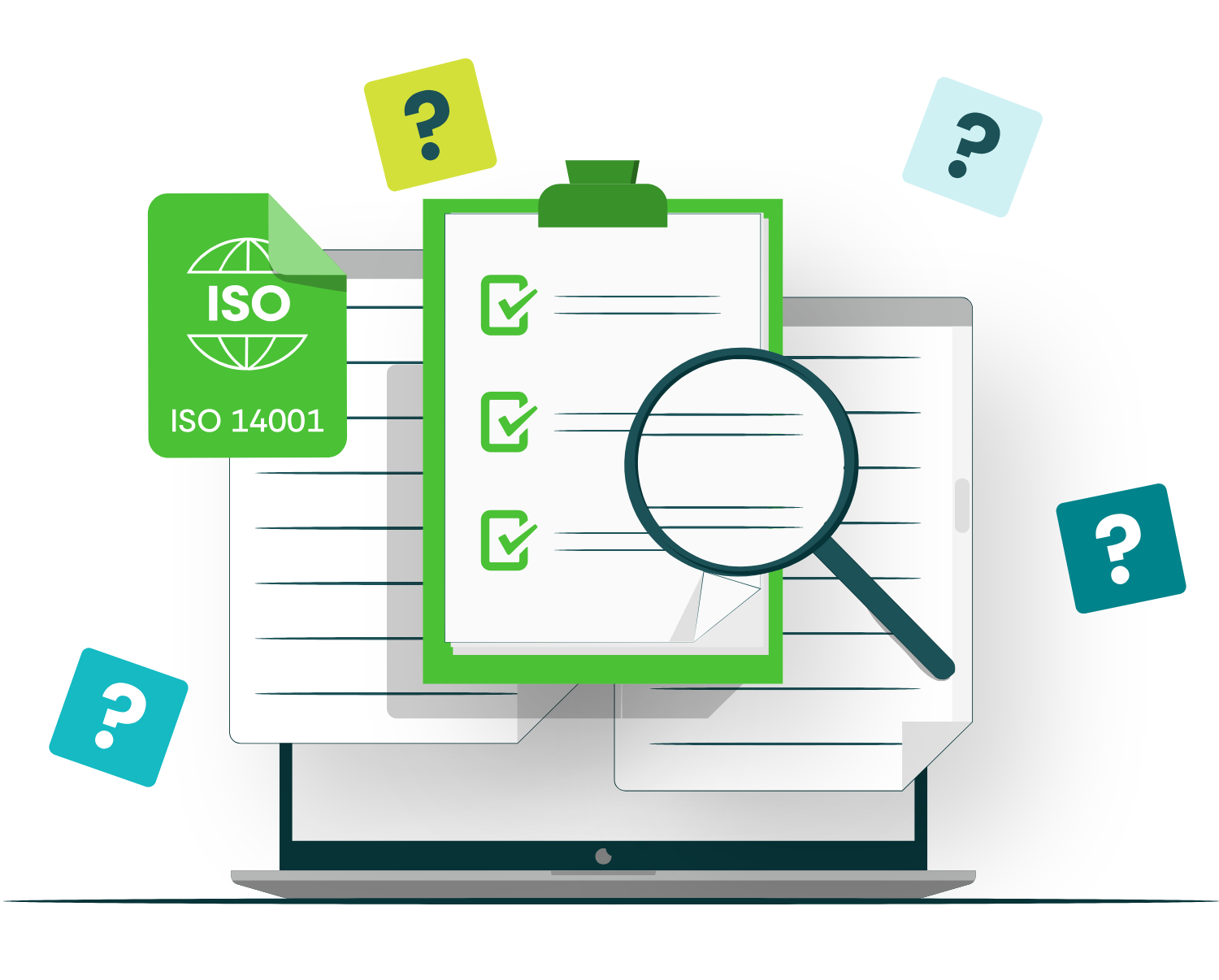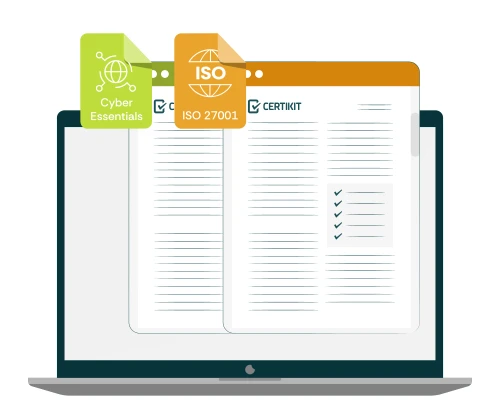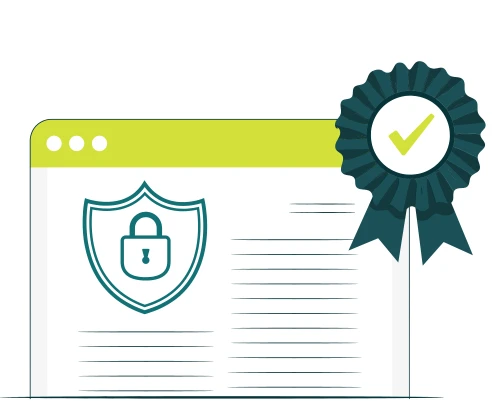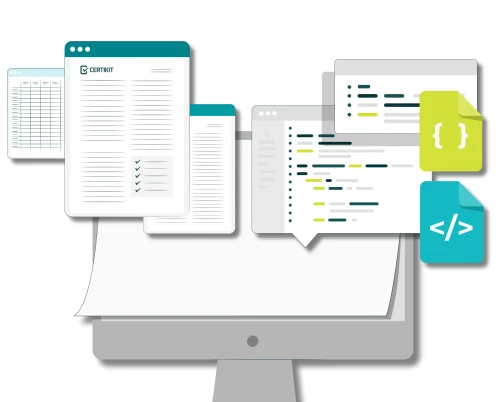This quick guide provides an overview of the ISO14001 standard and outlines the key stages when implementing an Environmental Management System.
What is ISO14001?
The ISO 14001 international standard for Environmental Management Systems (EMS) – Requirements was revised by the ISO in 2015. ISO 14001 specifies the requirements that your EMS will need to meet in order for your organisation to become certified to the standard. The requirements in ISO 14001 are supplemented by guidance contained in Annex A of the standard and ISO14004. The latter is well worth reading as it fills in some of the gaps in understanding how the requirements in ISO 14001 should be met and gives more clues about what the auditor may be looking for.
How does implementing an Environmental Management System benefit an organisation?
There are many reasons why a business should implement ISO 14001 to improve environmental performance, such as:
Reduced costs by implementing more efficient energy and waste management processes.
Improve company reputation – especially in recent times customers and stakeholders are looking for more environmental sustainability within organisations.
Achieve strategic business aims by incorporating environmental issues into business management.
Implementing an EMS will make your business more sustainable and help preserve the world’s resources.
What is an Environmental Management System?
When looking at environmental management, the emphasis is usually on the procedures used to manage the environmental impact of business activities.
The function of the EMS is to wrap itself around the procedures and ensure (among other things) that:
We know what the procedures are supposed to achieve (objectives).
We understand the environmental impact of what we do (aspects and impacts assessment).
We have thought about what could go wrong (risk and opportunity assessment).
Everyone knows their part in operating the processes (roles, responsibilities and authorities).
This is the way we do things (leadership and commitment).
We update the procedures when things change (management review).
The procedures get better over time (continual improvement).
What does the ISO14001 standard consist of?
The ISO 14001 standard consists of a number of major headings which will be common across other standards and which are:
Scope
Normative references
Terms and definitions
Context of the organisation
Leadership
Planning
Support
Operation
Performance evaluation
Improvement
Sections 1 to 3 don’t contain any requirements and so an organisation wouldn’t be audited against those. They are worth a read, however, as they provide some useful background to what the standard is about and how it should be interpreted. Section 0 is the introduction to the standard.
Sections 4 to 10 set out the compulsory requirements of the standard. The auditing process is to check whether all of the requirements are being met by the organisation. Requirements are not optional and if they are not being met then a nonconformity will be raised by the auditor, and the organisation will need to address it to gain or keep their certification to the standard.
How to become ISO14001 certified
There’s no obligation to go for certification to ISO 14001 and many organisations choose to simply use the standard as a set of good practice principles to guide them along the way to running their business in an environmentally friendly way.
For certification, the steps to are similar of all the ISO standards, and involve:
Implementing procedures and methods as requirements of the standard.
Perform an internal audit to highlight any nonconformities before the external audit. We advise an internal audit to be completed by an independent third-party auditor or an impartial qualified auditor within your organisation.
The final external audit to achieve certification is by an accredited Registered Certification Body (RCB). This is in two stages. Stage one is basically a review of how ready you are for the main event, the stage two certification audit. You may pick up a few pointers for improvement (known as nonconformities) at stage two but, if these aren’t too serious, your organisation will become certified and can advertise the fact to anyone with an interest.
Once certified, you will then have an annual surveillance audit to confirm your compliance, and then every three years there will be a re-certification audit, which is when you will be re-issued certification.






